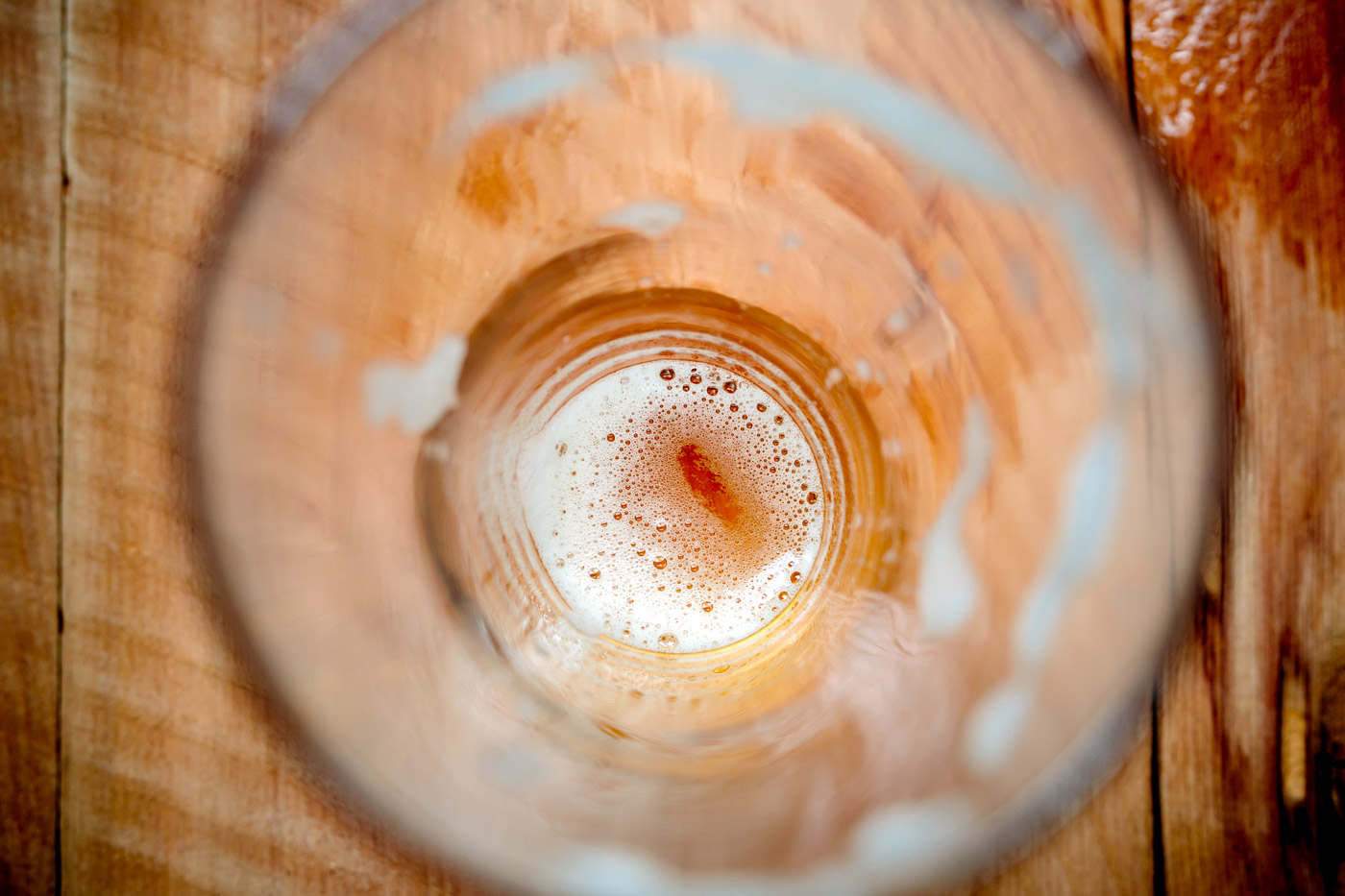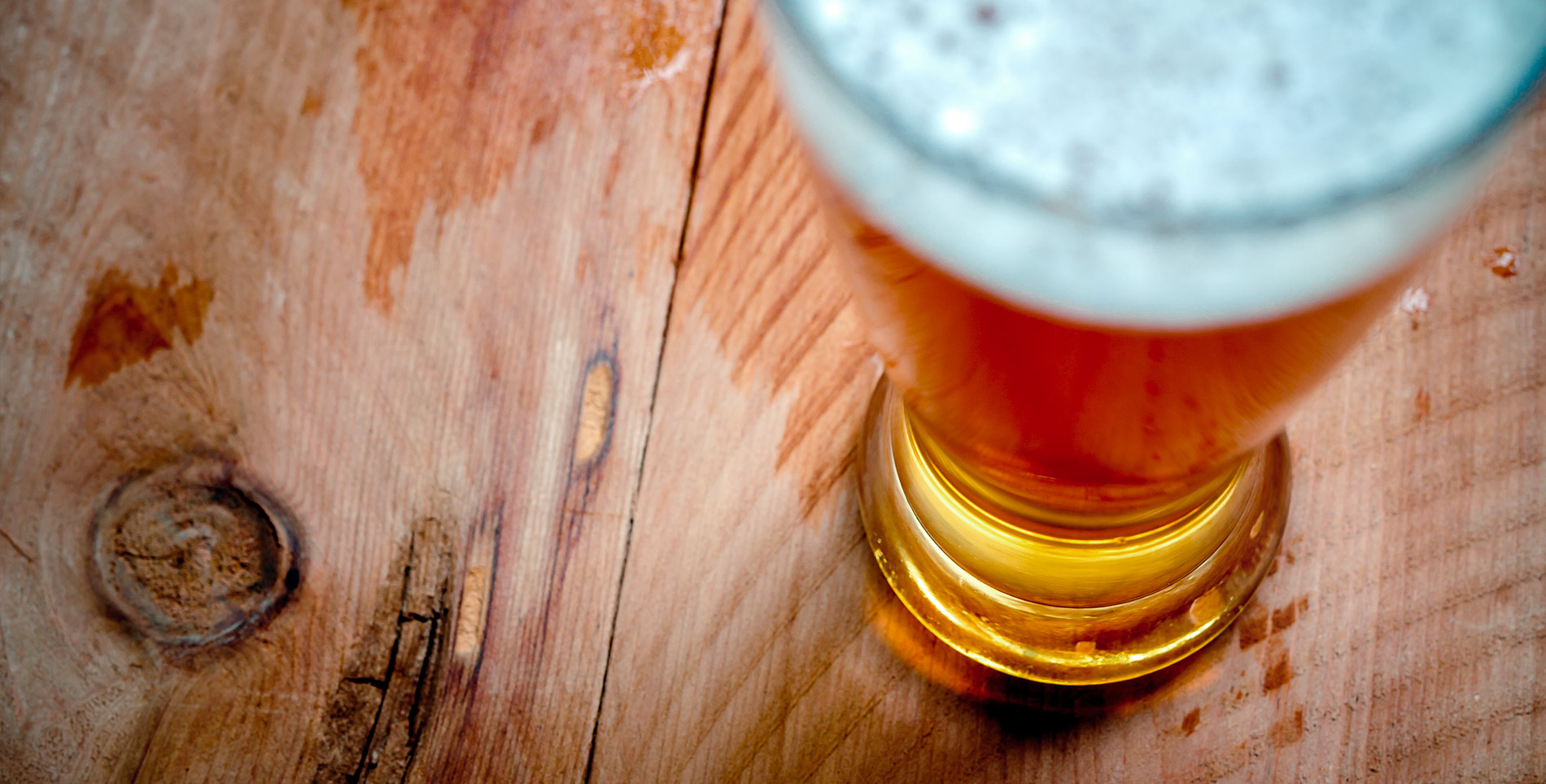Author’s Note: “Ruminate (verb) 1. to chew on, 2. to meditate or muse; ponder.
There is a long and unique story behind every meal, weekend barbecue, and late night snack. Every month, the Ruminations column explores the cultural and social histories of your favorite bites (or drinks). If you have ever pondered over a plate and considered “who first put these ingredients together” or “where did this dish come from,” these brief history lessons answer the question, “why am I eating this again?”
——
October always seems like an appropriate month for beer. The celebration of Oktoberfest looms as though it has a played some formative role in beer’s history. In fact, it really hasn’t. But while the full story of beer fathoms deep, it does have a long history as a celebratory beverage. Ancient grain-growing civilizations were drinking beer long before the world’s popular religions were founded, and worship of gods and goddesses was often intertwined with ritual celebrations of agriculture—ancient Egypt had Isis, the Sumerians had Tammuz, the Norse had Frey. These deities were paid sacrifice when the seasons changed and when the crops were harvested, so a viscous, beer-like beverage, was brewed. Oktoberfest, a fairly new addition to beer’s history, has a loose association to ritual celebration of beer in those early civilizations.
The concept of brewing and fermenting alcoholic beverages was actualized in ancient Mesopotamia by the Sumerians some 5,000 years ago. One of the earliest written texts discovered in modernity was a hymn to Ninkasi, the Sumerian goddess of beer and fertility. A modernized translation says that the goddess “water[s] the earth-covered malt.” This describes the process of “mashing,” the mixing of grain with water over heat—the first step in the brewing process even today. It goes on to say that Ninkasi, “hold[s] with both hands the great sweetwort, brewing it with honey and wine.” Sweetwort, or wort, is the result of mashing. In the hymn, the sweetwort is then placed in “fermenting vat.” In essence, this ode to cultivation is also a recipe for early brews.
Brewing practices also appeared in different cultures throughout Mesopotamia and eventually crossed the Mediterranean Sea to become a staple in Greece, Rome and Carthage. The Romans called the drink cerevisa (sound familiar?) after Ceres, the goddess of agriculture and harvest, and visa a word for strength. Similar to Sumerian lore from millennia prior, this drink was seen as a gift from the gods.

It soon also became God’s gift when Christianity took hold in the largely non-unified Germanic territories by way of Roman expansion, with evidence of beer vessels dating back to 800 BCE. While the Germanic geopolitical history is voluminous, the spread of monastic Christianity allowed beer brewing to continue during the different Germanic empires, from the Frankish to the Holy Roman, in what is now Germany. As early as the 6th century, monks who followed the Order of Saint Benedict brewed beer in their monasteries.
Under Saint Benedict’s doctrine, a monastic life was to be simple; time should be spent working vigorously, studying scripture, and praying. Not unlike earlier civilizations, a reverence for agriculture was at the heart of Benedictine brewing. Following a call for servitude and unembellished work, Benedictine monks took up agriculture practices as a way of self-sustenance, from swamp draining to forest clearing to grain farming to beer brewing. Brewing was hard work, and the drink was a way to utilize and honor God’s bounty.

In the Late Antiquity Era and Middle Ages, drinking water was often contaminated and undrinkable. Brewed beer, which was heated during the brewing process, was rid of impurities and safer to drink—and full of nutrients to boot. Benedictine monasteries had scaled production, brewing beer for their cellars, for weary travelers, and for the surrounding villages. In the 8th century, almost a millennia after beer first came to the Germanic region, one such Abbey noted that adding hops prolonged beer’s lifespan and improved the flavor. By the 12th century, hops were cultivated for specifically for beer, which was now produced as a commercial product in various parts of Germany.
Throughout the Germanic region, breweries produced regional variations of beer. But the Kingdom of Bavaria put a now-famous touch on what could be used to brew in beer. In 1516, the Bavarian Reinheitsgebot, or German Beer Purity Law was adopted, declaring beer could only have the three ingredients we know it to have today: water, hops and barley.
Prior to 1871 though, Germany was a collection of independent states, so one could say that the first Oktoberfest was not an explicitly German affair, but a Bavarian one. The earliest instance of an Oktoberfest-like celebration in Germany took place on October 12, 1810 when the Crown Prince Ludwig wed Princess Therese of Saxony-Hildburghausen in Munich. Like any royal wedding, a public celebration followed and the entire affair culminated—a horse race. No, it was not a beer festival by any means. The subsequent year, there was another horse race with the addition of an agricultural festival. Assumedly, beer was enjoyed, and this became an annual tradition. In its 183 official celebration (it was cancelled during both world wars), the horse race was officially phased out; the craft of beer making was now the premier agricultural feat.
The tradition has traveled far beyond Germany’s borders, and Oktoberfests have taken place in the U.S. since the late 1960s—making October an “unofficial” beer drinking month stateside. Although Oktoberfest occurs the first weekend of the month (it begins at the end of September), in the United States alone, there are over 200 beer festivals throughout the rest of the month that are not strictly associated with Oktoberfest.

Today, it seems that constant amongst the various American beer festivals of October is mention of pumpkin—the quintessential cultural symbol of October in the United States. Sure, pumpkin-flavored beer can be scoffed at, but gourds are the harbingers of the autumn harvest in American folklore. The agricultural narrative is deeply attached to the American beer festival. The intersection of American harvest and the agricultural importance of beer is not unlike the Sumerian hymn to beer goddess Ninkasi or the Bavarian agricultural fair and horse race. In looking at beer’s long history, it is at once symbolic of celebration and transition—the social ritual of change is as constant as the seasons themselves.







Our comments section is for members only.
Join today to gain exclusive access.